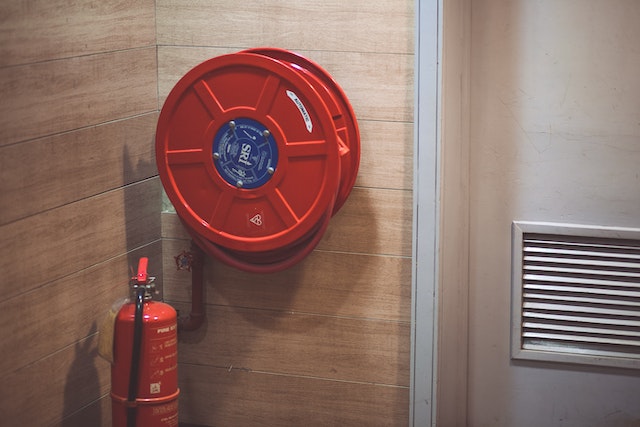What Are the Components of a Fire Protection System?
Fire protection systems have several components that must work together to keep the property and public safety safe. In addition, these components must be regularly inspected and maintained to remain effective. In this article, we will look at the different components of a fire protection system and discuss its role in preventing fires.
Backflow preventer
A backflow preventer is an important part of a fire protection system. There are two types of backflow prevention systems: automatic and manual. Automatic systems will sound an alarm when detecting smoke or heat. Backflow prevention systems are also necessary for buildings with standpipes.
A backflow preventer has many important functions. First, it protects potable water from contamination. It’s critical to test backflow preventers regularly. You can do this with a backflow check key tool.
Backflow prevention systems are used in water-based systems to prevent cross-contamination and ensure water in fire sprinkler systems flows in one direction. It also keeps water in the building clean and safe for the occupants and anyone else who shares the public water system.
Smoke detector
Smoke detectors are components of fire protection systems NYC that can detect smoke or fire. These devices may be electric or manual. They may also include a call point or a sounder to alert people to the danger. These devices are a basic requirement for workplaces. They detect smoke or fire and should be placed throughout a building to ensure they notify all occupants. Manual alarm systems include a sounder or flasher emitting loud sound. Some detectors also have strobe lights to alert people who are hard of hearing or deaf.
The two main smoke detectors are ionization smoke and photoelectric smoke detectors. Photoelectric smoke detectors use photoelectric technology to detect smoke or fire by detecting larger smoke particles and soot particles. These smoke detectors are extremely sensitive and detect even smoldering fires.
Water mist system
Using a water mist system as part of a fire protection system is a great way to reduce damage and protect your property from fire. Unlike traditional fire sprinklers, water mist systems use water droplets much smaller than the size of human hair. The National Fire Protection Association states that water mist droplets should be less than one thousand microns. This is about a fifth of the size of standard fire sprinkler droplets.
Water mist fire protection systems are available in single or twin-fluid varieties. Single-fluid water mist systems use only water, while dual-fluid systems use a mixture of water and atomizing media. Both types are effective, but you should choose a system that meets your fire protection needs.
Water mist fire protection systems are highly efficient and environmentally friendly. They use very little water to fight fires and limit damage to commercial items. This makes water mist an excellent solution for many commercial locations.
Incident command system
The Incident Command System (ICS) is an organizational management system for fire departments that allows for multiagency coordination. The idea for the system was to streamline field activities for wildland fire departments. The system was designed to be easy for the commoner to use, work within the departments’ response structures, and handle various incidents. The fire service found it worked very well for this situation, but it was still unsuitable for all types of incidents.
There are several roles in the Incident Command System. The first person in charge of organizing the teams is the incident commander. Other officers, such as the liaison and safety officers, assist the incident commander. The ICS also includes several sections led by the section chief.
The ICS can include integrated communications, pre-designated incident mobilization centers, and information and intelligence management. All of these components must be accessible during an emergency to respond to the situation and safeguard the lives of those involved.

